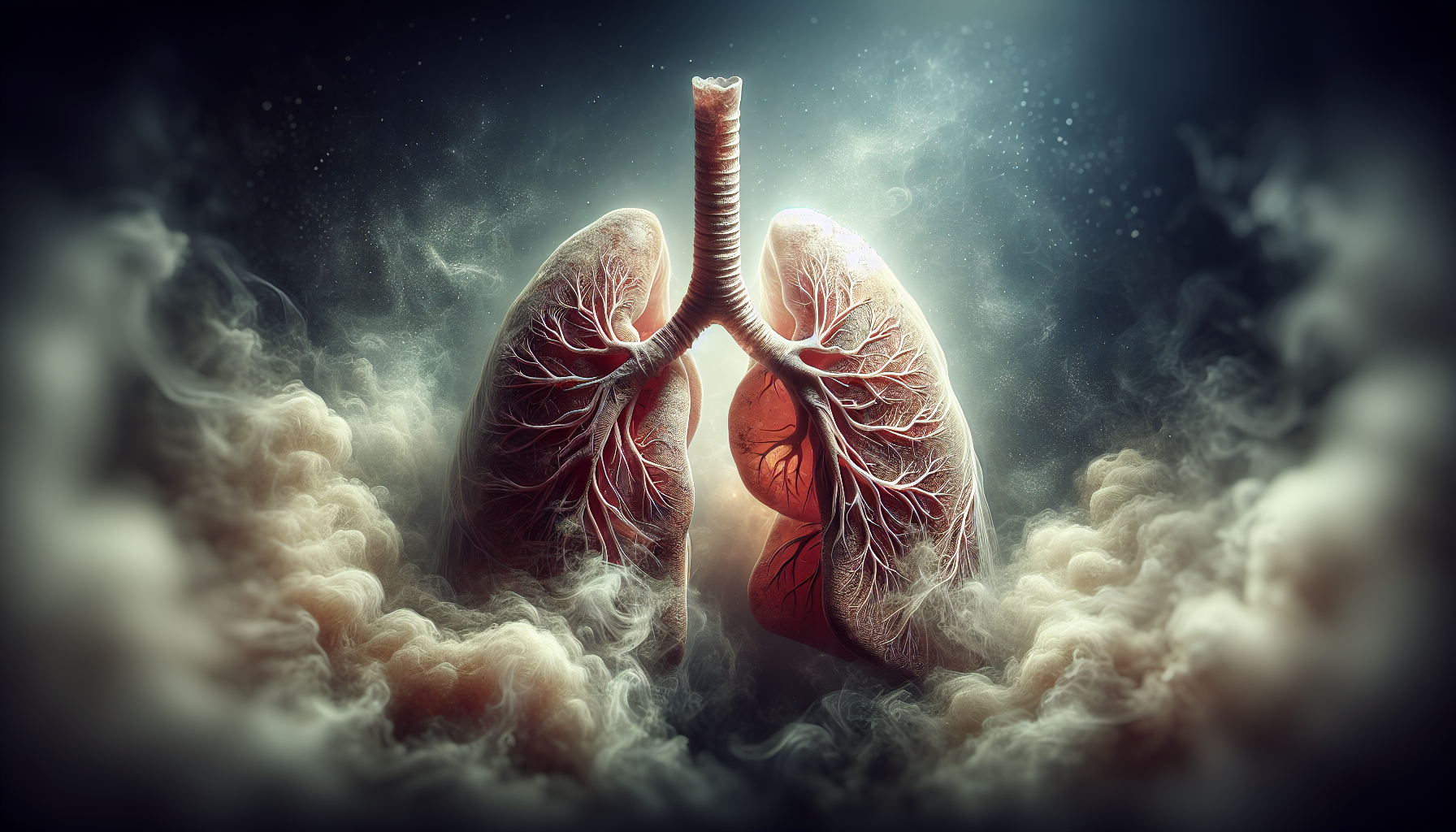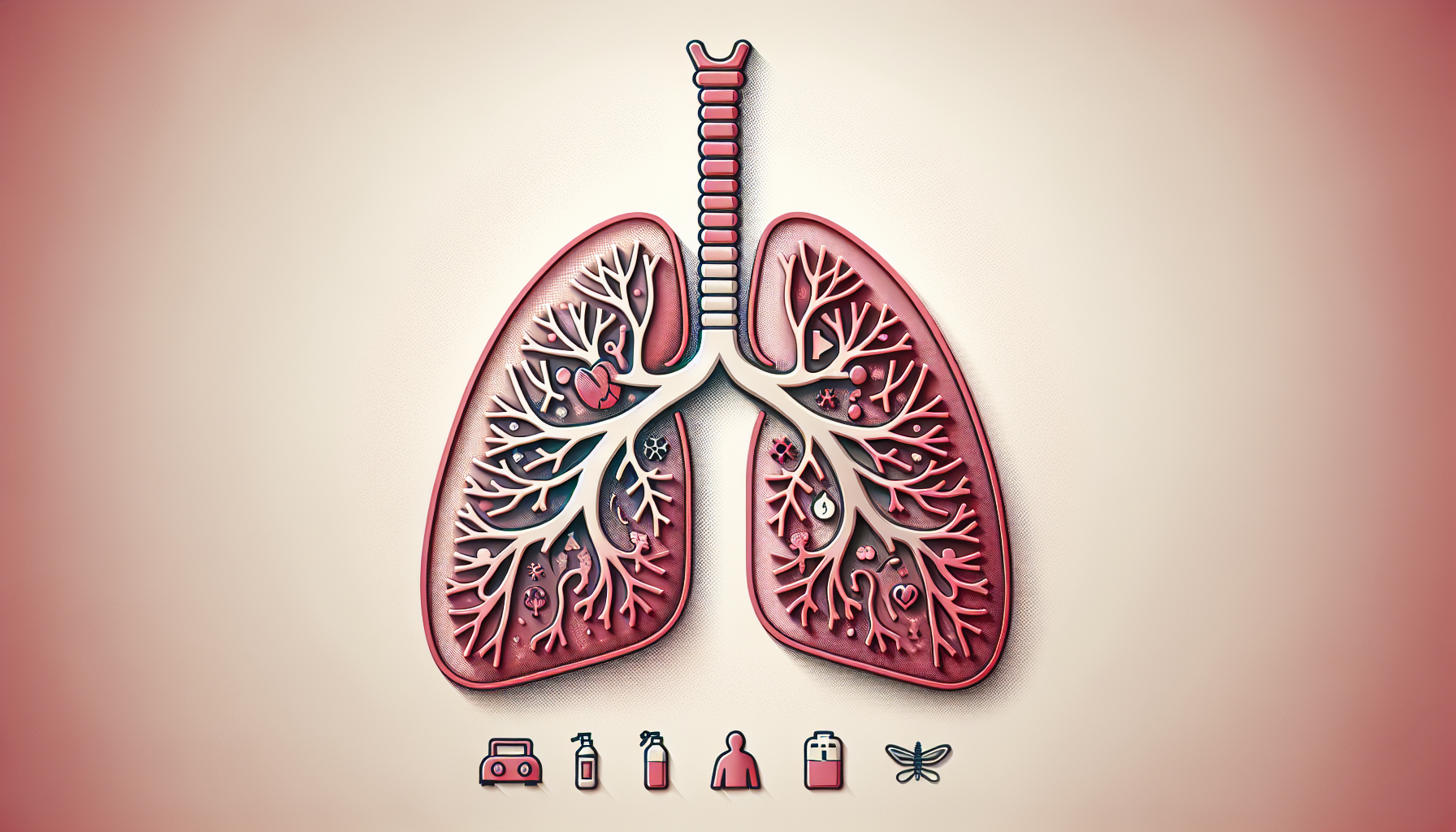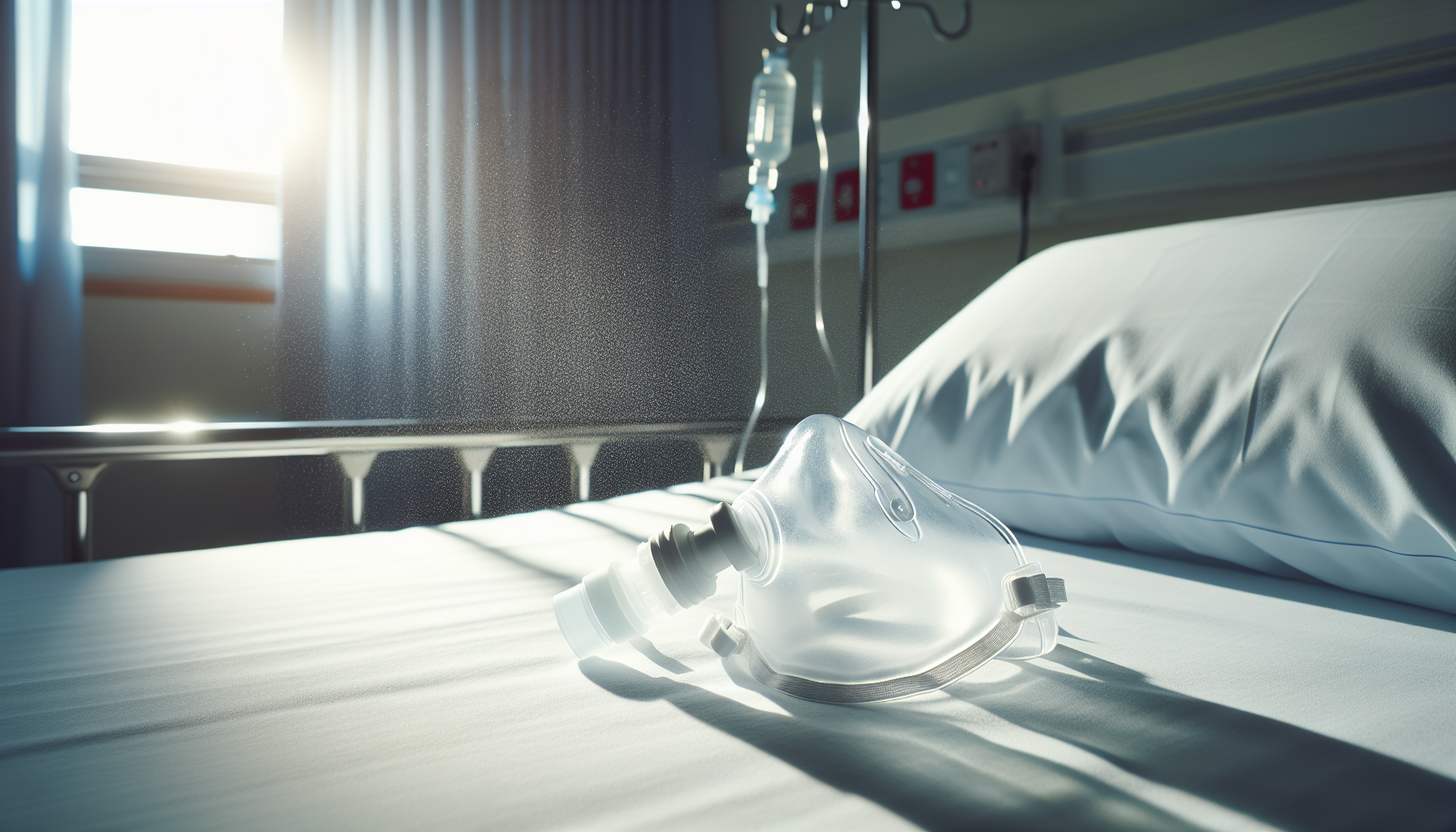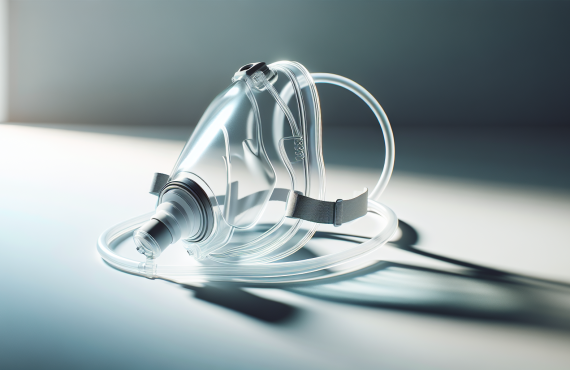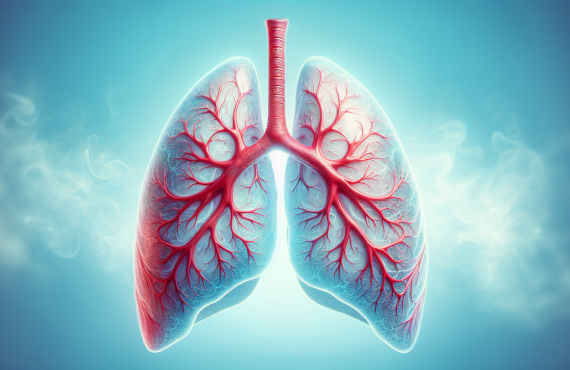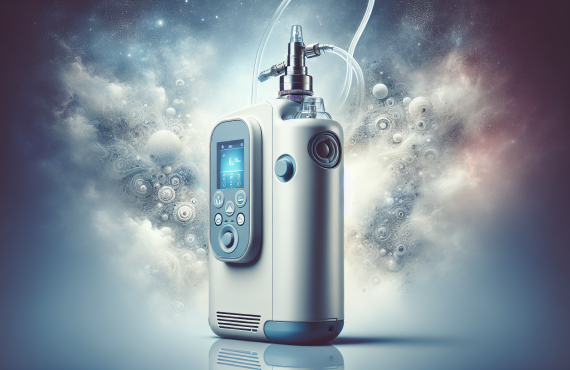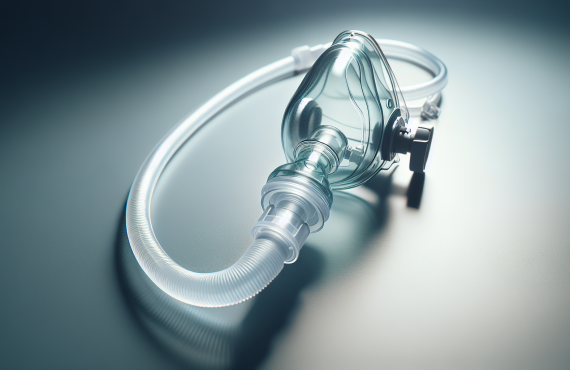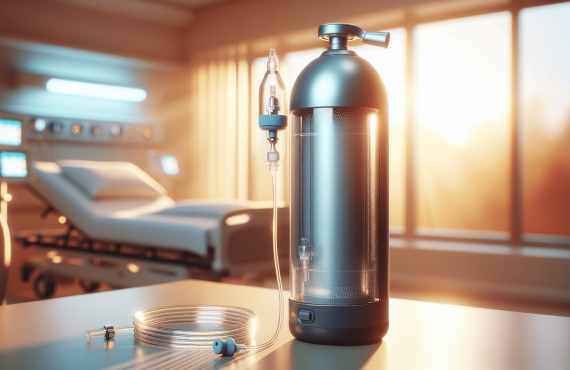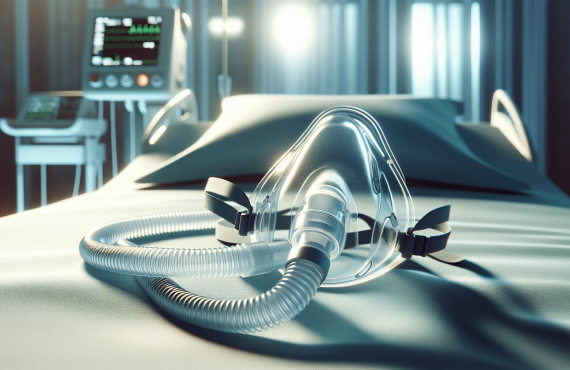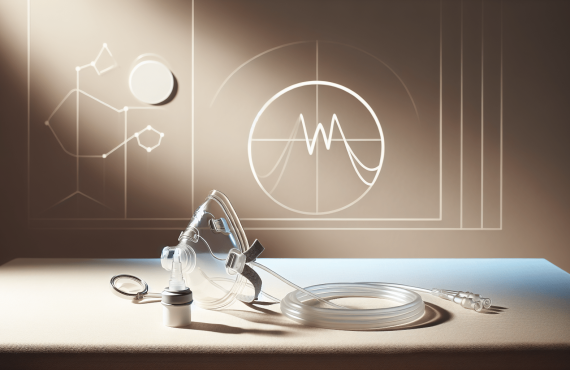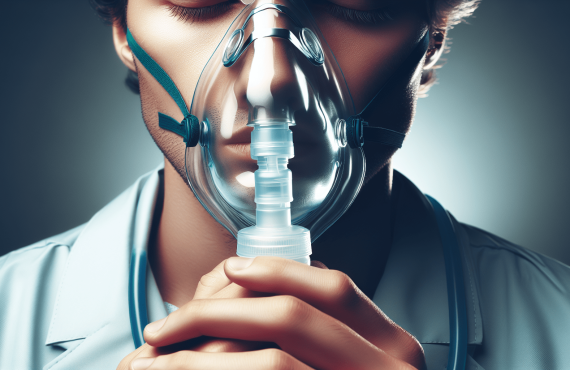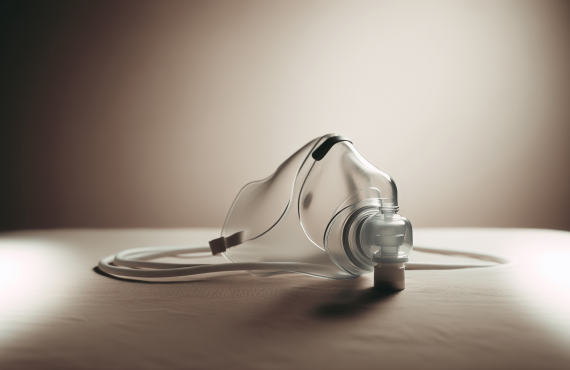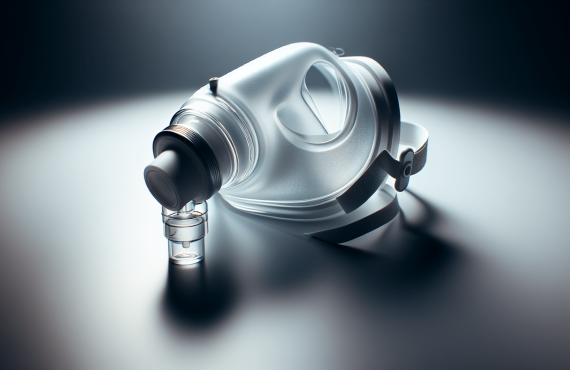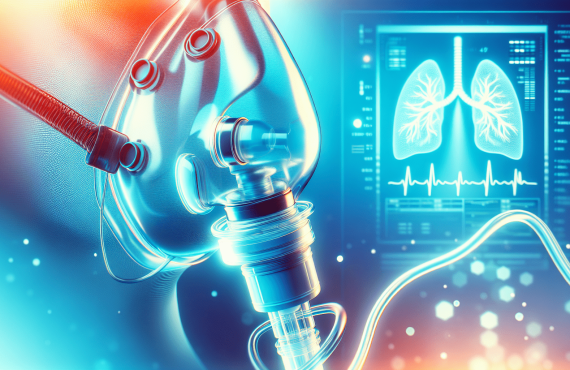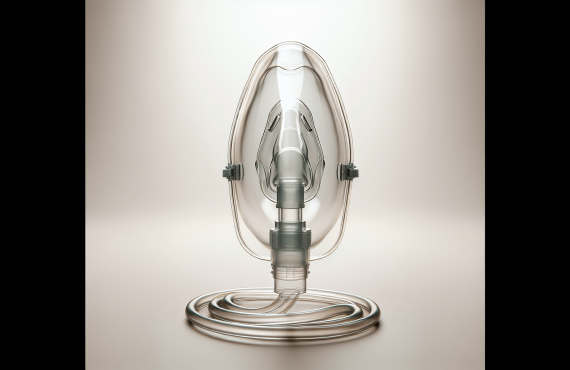Have you ever wondered how to recognize the signs that the end may be near for someone with Chronic Obstructive Pulmonary Disease (COPD)? Understanding what to expect can be crucial for managing care and expectations. COPD is a progressive lung disease, and knowing when the final stages may be approaching can help in making informed decisions about care and support.
Table of Contents
Understanding COPD
Chronic Obstructive Pulmonary Disease, often abbreviated as COPD, is a long-term lung disease that makes it difficult to breathe. It encompasses chronic bronchitis and emphysema, varying symptoms in severity from person to person. What unites those diagnosed with COPD is the obstruction of airflow to the lungs, making breathing a constant challenge.
Causes and Risk Factors
Smoking is the leading cause of COPD. Long-term exposure to irritating gases or particulate matter, most often from cigarette smoke, can trigger lung damage. Other risk factors include genetic predispositions, long-term exposure to air pollutants, and occupational hazards like dust and chemicals.
Symptoms to Monitor
As COPD progresses, symptoms intensify. You may notice:
- Increased breathlessness: Even small activities could leave you short of breath.
- Chronic cough: Often with mucus, this becomes more frequent.
- Fatigue: Exhaustion sets in, reducing the ability to complete normal activities.
- Wheezing and chest tightness: These can become more pronounced over time.
Recognizing these symptoms helps in timely intervention, making it possible to slow the disease’s progression.
Stages of COPD
COPD progresses through four stages, each indicating increasing severity of symptoms and reduction in lung function. Understanding these stages can help you anticipate changes and manage care effectively.
Stage 1: Mild COPD
This initial stage can be subtle. People might not realize they have the condition, dismissing symptoms as a sign of aging or being out of shape. Lung function tests show only a mild decrease.
Stage 2: Moderate COPD
The disease becomes more apparent in this stage. Symptoms like cough, mucus production, and breathlessness worsen. Daily activities might start becoming challenging.
Stage 3: Severe COPD
Many will experience a significant decrease in lung function. Flare-ups become frequent, and breathing can be difficult even at rest.
Stage 4: Very Severe (End-Stage) COPD
This is the final stage, also known as end-stage COPD. Symptoms are intense, and quality of life is significantly impacted. Flare-ups are frequent and may require hospitalization.

Recognizing End-Stage COPD
End-stage COPD is marked by severe symptoms. Breathing is difficult, even while resting, and you may feel breathless constantly. Chronic infections, weight loss, and a generally reduced quality of life are common. Recognizing these signs is key to understanding that the end may be near.
Increased Respiratory Infections
Frequent lung infections indicate weakened lung function and reduced immune response. These infections become harder to recover from and may require medical intervention.
Severe Shortness of Breath
Breathlessness is constant, not just during exertion. Even simple tasks, like sitting up or reaching for an object, can trigger shortness of breath.
Oxygen Dependence
Many in this stage will require supplemental oxygen. This dependency reflects severely compromised lung function, as the body struggles to get sufficient oxygen from the air.
Cognitive Changes
Reduced oxygen levels can lead to confusion or memory problems. This is a sign that the brain may not be receiving enough oxygen, impacting cognitive function.
Managing End-Stage COPD
When COPD reaches its advanced stages, care focuses on comfort and quality of life. Understanding how to manage symptoms and when to seek further medical care is vital.
Palliative Care
Palliative care focuses on symptom management and comfort. It is not about curing the disease, but making the patient comfortable through medications, oxygen therapy, and other supportive measures.
Hospice Care
Hospice care provides emotional, spiritual, and practical support. It’s comprehensive care for those who have decided to focus on comfort rather than aggressive treatment. Hospice teams also support families, helping them navigate emotional challenges.
Communication with Healthcare Providers
Regular communication with your healthcare team ensures that care aligns with your wishes. Discuss what is important to you, including your preferred treatment approach and end-of-life plans.
Emotional and Psychological Support
COPD can take a toll both physically and emotionally. Seeking support, whether through counseling or support groups, can provide comfort and understanding. It’s essential to address these emotional challenges alongside the physical symptoms.

Hyperbaric Therapy for COPD
While traditional treatments manage COPD symptoms, some explore alternative therapies like Hyperbaric Oxygen Therapy (HBOT). Although not a cure, it aims to improve quality of life by enhancing oxygen delivery to tissues.
What is Hyperbaric Therapy?
Hyperbaric Therapy involves breathing pure oxygen in a pressurized chamber. This setup increases the amount of oxygen in your blood, aiming to promote healing and reduce inflammation.
Can HBOT Help with COPD?
While research continues, some patients report increased energy and better breathing post-treatment. The therapy might reduce inflammation and aid in the healing of damaged tissues, but it’s not a substitute for prescribed medication.
Consulting with Healthcare Providers
Before considering HBOT, consult with your healthcare provider. While it may offer benefit, understanding potential risks versus anticipated rewards is crucial.
Resources and Support
For those navigating life with COPD, resources and support networks can be invaluable.
Dr. Craig Henry’s Chiropractic Care
In Pensacola, Dr. Craig Henry offers chiropractic care to enhance overall wellness, helping manage the physical strain COPD places on the body. Dr. Henry focuses on improving health through non-invasive treatments that complement traditional medical care.
Dr. Aaron Hixon’s Approach
Dr. Aaron Hixon brings an array of chiropractic techniques to support respiratory health, focusing on physical fitness and wellness to support the body’s mechanical function, aiding patients with COPD in their pursuit of better health.
Contact Information
For further assistance, reach out to:
Henry Chiropractic
1823 N 9th Ave,
Pensacola, FL 32503
(850) 435-7777
Visit their website
FAQs
What are the primary symptoms of end-stage COPD?
Breathlessness, frequent respiratory infections, and increased dependence on oxygen are primary symptoms. These indicate significantly reduced lung function and overall health.
How can one differentiate between a COPD flare-up and infection?
Symptoms overlap, but infections often have fever or increased mucus with unusual color. Medical assessment is essential for accurate diagnosis and treatment.
Is Hyperbaric Therapy safe for COPD patients?
Generally, Hyperbaric Therapy is considered safe, but it’s not without risks. Always consult your doctor to understand if it fits into your treatment plan safely.
When should hospice care be considered for COPD?
Hospice care may be considered when the focus shifts from curative treatment to comfort measures, typically in the final stages of COPD.
Can chiropractic care help with COPD symptoms?
Yes, chiropractic care can complement traditional treatments. Chiropractors can utilize adjustments and exercises to improve physical health, possibly alleviating some strain caused by COPD.
In understanding the signs and managing care for those nearing the end with COPD, both clarity and compassion are vital. Ensuring quality of life is central, with a focus on supportive care, emotional well-being, and creating an environment where comfort occupies a place of precedence.







